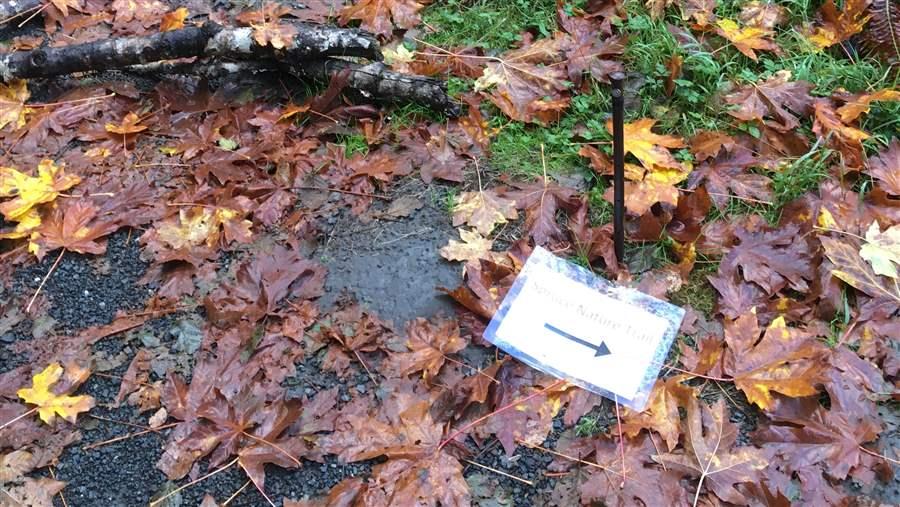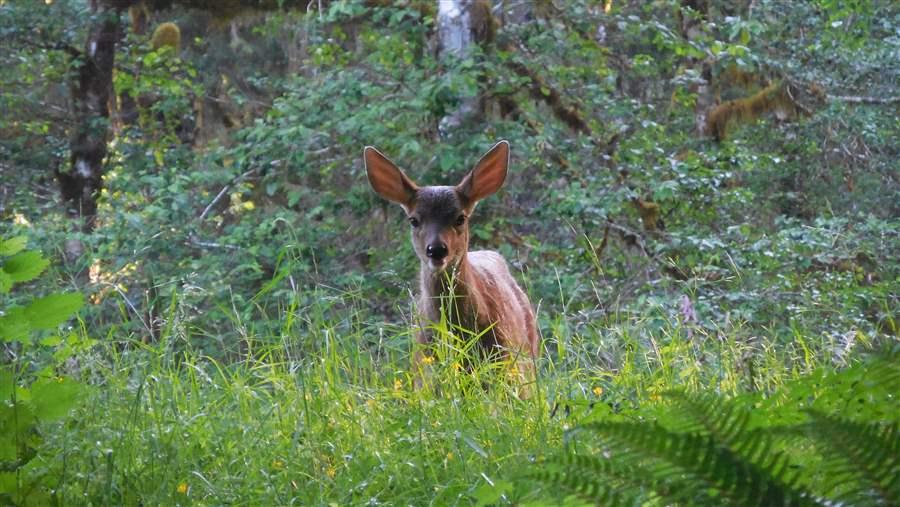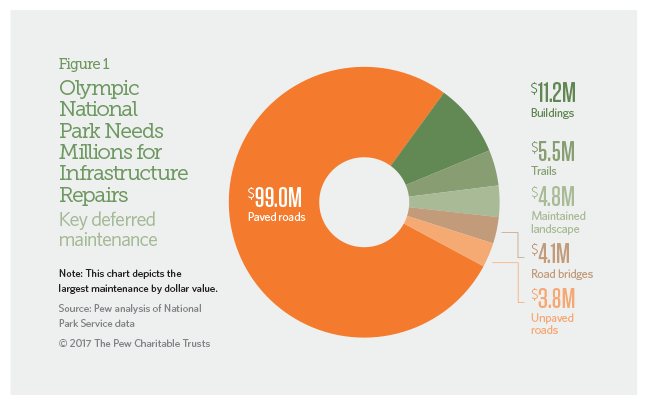Olympic National Park
Washington

Pew created this case study using National Park Service deferred maintenance data issued in fiscal year 2015. The information listed here may no longer reflect the NPS site’s current condition or maintenance requirements. To find the most up-to-date information, please use the National Park Repair Needs tool.
Overview
Olympic is the most visited park in the Pacific Northwest, with more than 3 million people last year drawn to its sandy beaches, rugged trails, and panoramic views. Spanning nearly 1,500 square miles, it is also among the most ecologically diverse areas managed by the National Park Service (NPS), with temperate rainforests, meadows, alpine ranges, and a sprawling coastline. These landscapes are home to bobcats, bears, cougars, mountain goats, and dozens of other mammals, as well as birds, amphibians, fish, and rare plants, earning it listings as an International Biosphere Reserve and World Heritage site. Despite world-class opportunities for hiking, camping, fishing, and more, Olympic has a nearly $140 million backlog of repair needs.

The park’s trail system has over $5.5 million in deferred maintenance, resulting in temporary markers along the Hoh River Trail.
© The Pew Charitable Trusts
Maintenance challenges
Nearly 90 percent of this backlog is to fix infrastructure that the NPS considers a high priority for visitors’ experience in the park. More than $100 million is needed for transportation, primarily for paved roads. Nearly a third of that is required to repave a section of Highway 101—the main route through the Olympic Peninsula—that runs along Lake Crescent. Repairs to parking lots for campgrounds, ranger stations, and other areas total $3.4 million. And bridges that take visitors over the park’s many creeks require more than $4 million in repairs.
Olympic’s buildings have $11 million in deferred maintenance. This includes upgrading the Port Angeles visitor center, the main portal to the park, to comply with building codes and repairing the visitor center at Hurricane Ridge. The park’s trails, interpretive media, and water systems also need to be refurbished.Stephen Streufert, vice president of education, NatureBridge
Recommendations
To address the deferred maintenance needs at Olympic and other NPS sites in Washington and across the country, Congress should:
- Ensure that infrastructure initiatives include provisions to address park maintenance.
- Provide dedicated annual federal funding for national park repairs.
- Enact innovative policy reforms to ensure that deferred maintenance does not escalate.
- Provide more highway funding for NPS maintenance needs.
- Create more opportunities for public-private collaboration and donations to help restore park infrastructure.
Olympic National Park Facts
2016
| Visitor spending | $286.8 million |
| Jobs created by visitor spending | 3,842 |
| Economic output | $398.7million |
| Labor income | $138.8 million |
| Visits | 3,339,221 |
| Deferred maintenance (fiscal year 2015) | $139.8 million |
Sources: National Park Service, “Annual Visitation Report by Years: 2006 to 2016,” accessed June 14, 2017, https://irma.nps.gov/Stats/SSRSReports/National Reports/Annual Visitation By Park (1979 - Last Calendar Year); National Park Service, “Visitor Spending Effects,” accessed June 14, 2017, https://www.nps.gov/subjects/socialscience/vse.htm; National Park Service, “NPS Deferred Maintenance Reports,” accessed Aug. 19, 2016, https://www.nps.gov/subjects/plandesignconstruct/defermain.htm
© The Pew Charitable Trusts
The Pew Charitable Trusts works alongside the National Parks Conservation Association, the National Trust for Historic Preservation, and other national and local groups to ensure that our national park resources are maintained and protected for future generations to enjoy.
This case study was updated with a new photo on June 16, 2021.













